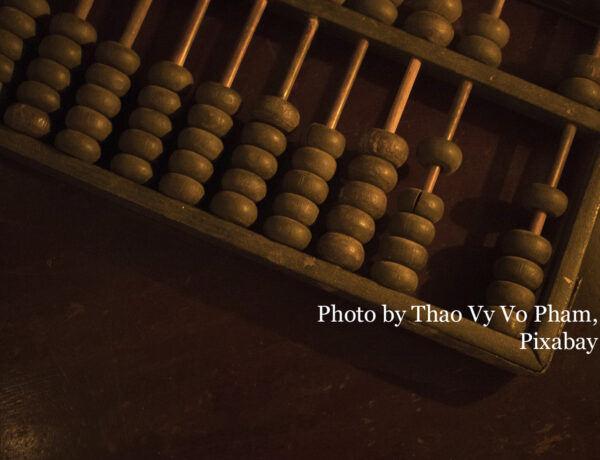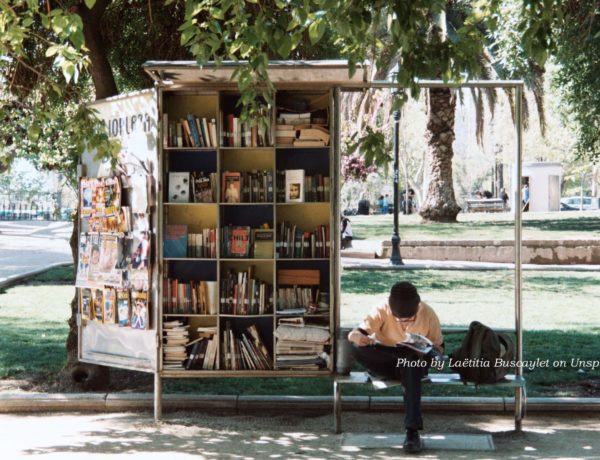Originally published May 31, 2014

Earth’s first star ship had left the planet in the early 2030s. At that point in time the ship was structured to last a hundred years. The engineers knew that the target system would not be reached until the third generation of travelers reached maturity. The ship’s libraries were loaded with every digital record available. The planners also knew that they could only structure strong suggestions on shipboard culture and governance and schooling. Once contact with earth was lost, the tiny, inconsequential seed pod of humanity would be on its own traversing some small piece of a vast universe.
That of course, was then. Barely two decades later the unrelenting commercial and social pressures had driven the physicists and engineers to create the dreamed of warp drive. The keys to the universe finally dropped into humanity’s lap. And there were those ready to go. If the Centennial Ship had stayed on course and reached its destination, the new fleet would find them in a mere 5 years. We knew we could go faster, but this was the maiden voyage. After much haggling this time period was considered a sedate route and one that would permit a substantial amount of science on the way. The day arrived when the new ships were ready to launch from near earth orbit. I had dreamed of this moment for 20 years. My name is Andrew. I am a climatologist with a second degree in planetary sciences and I have a berth on Argosy; one of three ships in the fleet.
———————————————
In many ways it doesn’t seem possible that we have been in space for five years. I have to admit there are days when it seems forever. We have spent the last six months adding scans and surveys to our working load to see if we can pick up any sign of carbon based, oxygen breathing life in the system before us. This is where we had sent the Century Ship; it was time to see if the pioneers had made it.
Braking into the system we scanned the local moons to find likely candidates. The gas giants were useless, except for mining, and the rocky worlds were too big. The change in our mass would have made it difficult if not impossible to move around the planet. Especially after five years of reduced gravity. Moons is where we had sent them, moons is where we would look. There were 11 good possibilities. The landing crew was already discussing possible first attempts when my systems told me exactly where to look.
Settled in an orbit around one of the gas giants was a rocky moon with a great deal of water. It seemed strange that they would pick something this far from the host star, but there seemed to be enough free oxygen in the air that the high probability of terraforming was evident. There also seemed to be quite a bit of debris in the planet’s near orbit. I will grant you it was a beautiful planet. Seeming to glow with a fire all its own, it was an easy rival to our own Jupiter. No other body in the system seemed to have the requisite chemical composition. Then I found the ship. No detail this far out, but the mass seemed off. Well, we’d be there in a week and see what was happening. I wonder if they’ve seen us.
—————————–
We’re here. Though I’m not sure yet how welcome we are. Replies to our calls have been short and non-committal. Evidently, at least that’s what they are saying, there are some transitional things we must go through before we can actually land. I wish they would hurry. It’s spooky out here watching the huge Century Ship orbit the moon. It’s a hulk now. The colonists had gutted it for anything of use on the surface and appeared to be reclaiming the metals at this point. They say they have changed in some ways and need to know if we will do well in their environment. Possibly. But why do I feel like salvage?



No Comments